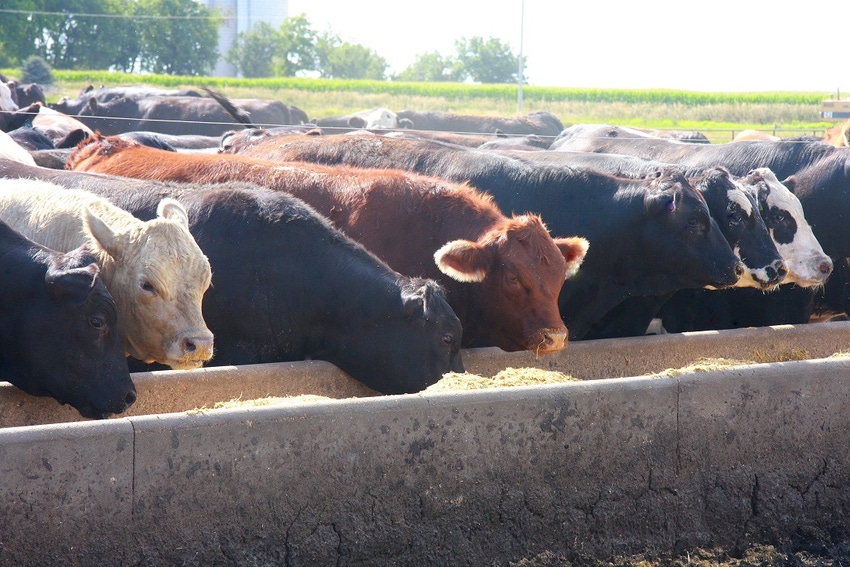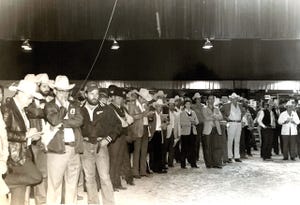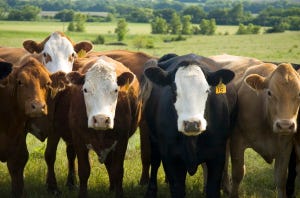Cattle feeding returns still strong
Returns have begun to fade due to increasing total costs.
March 15, 2022

February cattle feeding returns continued their positive streak in February, calculating to just under $100 per steer, according to the Livestock Marketing Information Center (LMIC). Cattle feeders have seen positive returns for the better part of the last 12 months with gains surging to $200 per head in Q4 2021.
Since then, returns have faded due to increasing total costs, LMIC said. Feeder steers were 13% higher at the time of purchase compared to those that came out in November when closeouts were in the black $200/head. Additionally, feed costs have continued to rise and are expected to do so for the coming months with ongoing concerns in the grain space related to the Ukraine and Russia conflict.
For closeouts in February, LMIC said feed costs increased 7% from November closeouts.
“In the wake of Ukraine/Russia, the grain markets look to challenge last year’s highs again. This will likely erode some profitability, however closeouts through the next couple of months had lower feeder cattle input costs at time of placement, which should offset some of the rising feed costs for the next four months.”
LMIC forecasts breakeven for 750-pound steers already placed (closeouts from now through August) between $129-133, cwt., “but will likely rise with grain prices.”
Meanwhile, fed cattle prices are expected to remain above those levels and will likely be profitable for most of the year.
One of the large risks for cattle feeders will be feeder cattle prices moving forward, LMIC suggested.
The LMIC bases its cattle feeding returns on cash prices of raising a 750-pound steer to slaughter weight. So far, 700-800 pound steer prices have been limited in their upward mobility. The opposite has been true for lighter weight calves, whose prices across different regions of the country have ranged from $187-230/cwt. for 400-600 pound animals.
“At those prices, and current grain prices, putting a 500 pound animal on feed that was bought north of $185/cwt. would need a breakeven fed cattle price of $160 or higher.”
Placements for January indicated placements will be higher than year-ago levels in both the under 600 pound categories and 600-699 pound.
“Our assessment is that some of the price increase is linked to the availability of feeder cattle supplies after so many months of strong placements. Additionally, feedlots are flush with cash from the last couple of months of closeouts, and even though it does not appear that these expensive light weight cattle will be profitable, cattle feeders may be using them for other strategies such as keeping pens full to maintain cash flow.”
You May Also Like
.png?width=300&auto=webp&quality=80&disable=upscale)


